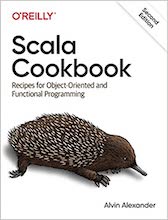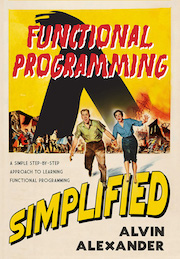|
|
What this is
This file is included in the DevDaily.com
"Java Source Code
Warehouse" project. The intent of this project is to help you "Learn
Java by Example" TM.
Other links
The source code
/*
* Copyright 1999-2004 The Apache Software Foundation
*
* Licensed under the Apache License, Version 2.0 (the "License");
* you may not use this file except in compliance with the License.
* You may obtain a copy of the License at
*
* http://www.apache.org/licenses/LICENSE-2.0
*
* Unless required by applicable law or agreed to in writing, software
* distributed under the License is distributed on an "AS IS" BASIS,
* WITHOUT WARRANTIES OR CONDITIONS OF ANY KIND, either express or implied.
* See the License for the specific language governing permissions and
* limitations under the License.
*/
package org.apache.coyote.http11.filters;
import java.io.IOException;
import org.apache.tomcat.util.buf.ByteChunk;
import org.apache.coyote.OutputBuffer;
import org.apache.coyote.Response;
import org.apache.coyote.http11.OutputFilter;
/**
* Void output filter, which silently swallows bytes written. Used with a 204
* status (no content) or a HEAD request.
*
* @author Remy Maucherat
*/
public class VoidOutputFilter implements OutputFilter {
// -------------------------------------------------------------- Constants
protected static final String ENCODING_NAME = "void";
protected static final ByteChunk ENCODING = new ByteChunk();
// ----------------------------------------------------- Static Initializer
static {
ENCODING.setBytes(ENCODING_NAME.getBytes(), 0, ENCODING_NAME.length());
}
// ----------------------------------------------------- Instance Variables
/**
* Next buffer in the pipeline.
*/
protected OutputBuffer buffer;
// --------------------------------------------------- OutputBuffer Methods
/**
* Write some bytes.
*
* @return number of bytes written by the filter
*/
public int doWrite(ByteChunk chunk, Response res)
throws IOException {
return chunk.getLength();
}
// --------------------------------------------------- OutputFilter Methods
/**
* Some filters need additional parameters from the response. All the
* necessary reading can occur in that method, as this method is called
* after the response header processing is complete.
*/
public void setResponse(Response response) {
}
/**
* Set the next buffer in the filter pipeline.
*/
public void setBuffer(OutputBuffer buffer) {
this.buffer = buffer;
}
/**
* Make the filter ready to process the next request.
*/
public void recycle() {
}
/**
* Return the name of the associated encoding; Here, the value is
* "identity".
*/
public ByteChunk getEncodingName() {
return ENCODING;
}
/**
* End the current request. It is acceptable to write extra bytes using
* buffer.doWrite during the execution of this method.
*
* @return Should return 0 unless the filter does some content length
* delimitation, in which case the number is the amount of extra bytes or
* missing bytes, which would indicate an error.
* Note: It is recommended that extra bytes be swallowed by the filter.
*/
public long end()
throws IOException {
return 0;
}
}
|
 The search page
The search page Other source code files at this package level
Other source code files at this package level Click here to learn more about this project
Click here to learn more about this project
